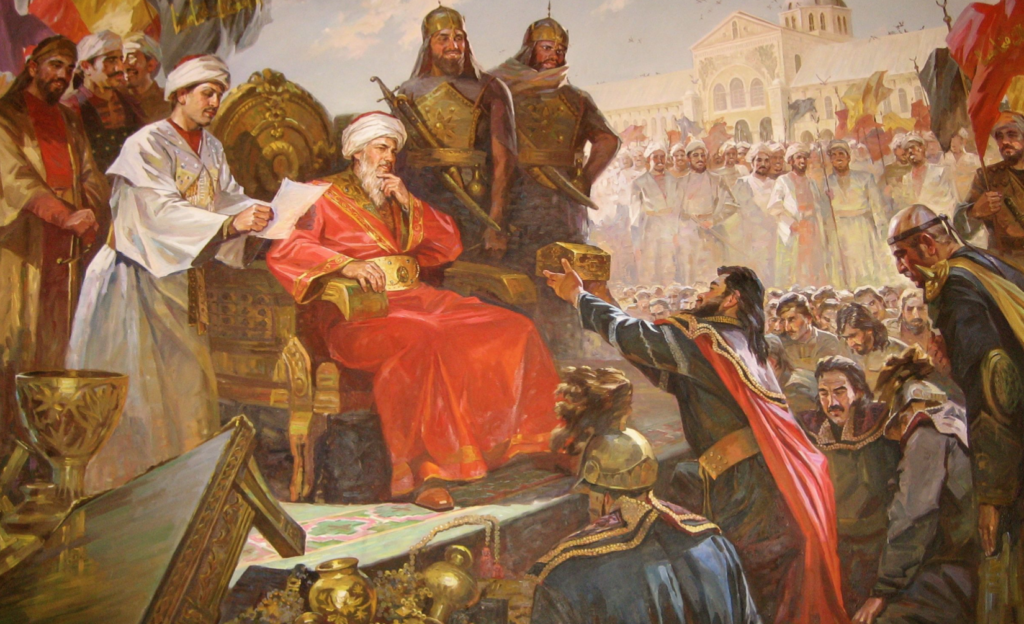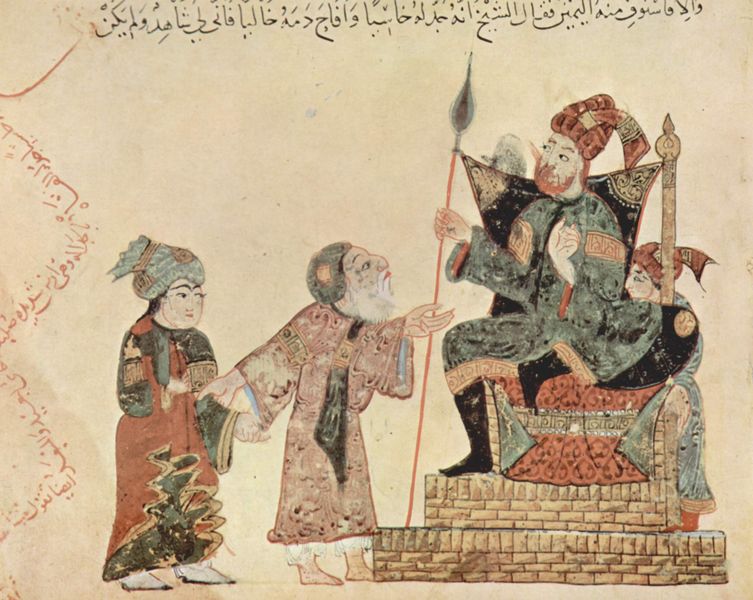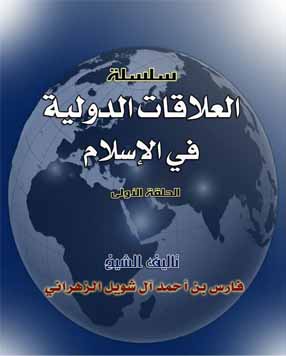
While the various Salafist tendencies (scholastic, da‘wā, jihadist, reformist) differ in their prioritisations, they all agree in their insistence on expanding the arena of what is to be considered ‘constant’ and in narrowing that which is to be considered ‘variable’.
AND THE FACT is they have been remarkably successful over the last few decades in embedding the belief among Salafists, other Islamists and the general Muslim public alike, be they proactive or conservative believers – and indeed even some progressives too – that Islamic norms demand this insistence. For example, even among progressives the weak correspondence between what the faith demands and the intellect actually believes, or how much the intellect accepts the presumed contradictions between the two, is so conspicuous as to amount to an implicit or even overt waiving of these obligations.
The reality is that these difficulties arise from a mistaken, automatic acceptance of the authority of the Salafist reading of the dividing lines between what is fixed or changeable, and this works to the benefit of the former at the expense of the latter. But this authority is a recent one, based not on its own internal considerations, but on factors external to it. Most important of these is the absence of an alternative proposition, the result of a cultural transformation that has taken place over the last two centuries, which followed the experience of new narratives that did not limit themselves to drawing their sources from a religious framework.
The need for critical confrontation to challenge the fetishism of history is a pressing one
As a result of this there was a tacit retreat among the élite from taking responsibility for the religious textual heritage, a responsibility which had hitherto been their preserve, and this left the field open to Salafists to extend themselves and claim ownership of the Text and its interpretation. Economic conditions at the time favoured them, and what increased the momentum for the Salafist view was the expansion of the Salafist reading as if it had some status of a norm, even though this new expansion was alien to most countries. Whilst this does not entirely explain the phenomenon, it is worth pointing out that the rise of the Salafist reading does not evidence any objective superiority for it, nor its authoritative closeness to the original, as has been claimed for it, but rather that it is nothing more than an accident of ad hoc conditions which are liable to change.
The Salafist effort to expand the realm of the constant affects all sciences and subjects as much as it does doctrinal belief, and in delimiting many of them goes from fixation to fetishisation. For example, the Salafist reading of the history of early Islam does not limit itself to granting this history a comprehensive, uncompromising organisational structure, so that this era becomes the model and the basis for the construction of any Islamic political system and for rule according to legitimacy on these terms, but turns any differing evaluations of this era, or even any highlighting of aspects that contradict the paradigmatic reading, into an attack not just on history but also on the faith itself.
For the common consensus that is inevitably generated by the immersing of Islamic culture in this nostrum is that the era of the Orthodox Caliphs, at the very least, constitutes the model for how an Islamic political system should be, a model which must be restored and re-imposed. In dealing with the era of the Orthodox Caliphs one encounters again and again the fetishisation process afflicting Salafist thought. The fetishism in this case is the progression from considered opinion to coercive stipulation, thence to sacralisation, and from there to takfīr.
A reading of events as they actually are, free from taking the textual heritage as authoritative, and avoiding the perils of selectivity and dogmatism, demonstrates that the era of the Orthodox Caliphs, which witnessed the assassination of three out of the four Caliphs in succession, was a time of conquests and troubles, anxiety and internecine fighting. It did not see the application of a complete settled urbanised system, but instead saw the birth of an ad hoc system at times harmonious, more often contradictory. These solutions, for all their diversity, naturally aimed at establishing centralised authority, but this authority remained bound to the historical period which brought it into being, to such an extent that it cancels out the possibility of generalising the model or even of drawing analogies from it. The most conspicuous aspect of these solutions, naturally, is that they were the product of individual initiatives in which considered opinion mingled with caprice; in some cases it worked well, in others it did not and generated crises, some of them coming to a head and eventually leading to the fissures that persist today.
But the Salafist reading of this same era downplays the importance of the differences and deals with events – after suitably revising them and improving them – as a part of a whole which requires imitation. If the means of choosing the Caliph varied, they argue, this only demonstrates the legitimate means that are permissible. And if the Companions differed among themselves, this was only their attempt to illustrate the perfect features of the system which the faith conveyed. However serious their differences, they concurred in the end in their elaboration of the features of this system and its application. There is a difficulty here in that these accounts are wishful thinking, and the means of selection of the Caliphs were actually improvised and not made on the basis of an unequivocal text or some precedent. Differences between the Companions were never fully resolved and many were left, as it were, hanging in the air.
However, the Salafist reading ignores this difficulty and instead proceeds to sanctify the era comprehensively, basing the obligation to imitate it on the Hadīth: “My age is the best of ages,” thereby securing for it a sanctity that extracts it from the framework of human history and raises it to the level of a divine dispensation. Critical examination of this era therefore becomes un-Islamic or an open transgression against the faith. The automatic result of this elevation is that any Islamic political thought that exists must take this era as its starting point to the exclusion of all others. That means that political science must needs be an Islamically legitimate science and remain within the bounds of faith. By nature it must confine itself exclusively to considering what follows from this period of the Righteous Predecessors, and what can be deduced by analogy from it, for all times and all places. Meanwhile, the reality is that the chronologically and geographically limited nature of this period, and its conditions, constitute a dangerous obstacle to realising this obligation. Its achievement can never amount to anything more than a claim or a pretence.

Suggested Reading
Human experience, the basis upon which political thought has developed across the globe, has been operative since ancient times, and is not confined to any one culture or civilization. Yet this experience, irrespective of how much it resembles and is applicable to Islamic societies, is rejected by the Salafist reading. For it considers the Islamic Nation to be in no need of this, and that it is rather the imitation of the Righteous Predecessors that should suffice. The uncompromising nature of the Salafist approach has brought them to this view, and to the conclusion that engaging in political thought unconnected with Islam is an error, or indeed a form of polytheism or open disbelief.
The fetishism which the Salafist reading has foisted upon Islamic history in general, and to the period of the Orthodox Caliphs in particular, constitutes an important obstacle today not only to enlightened critical readings of this history, but also to the possibility of moving on from a position of subservience to history, to the formation of political solutions suitable for the societies in which the Muslim component forms the larger part, socially or religiously. Moreover, the need for critical confrontation, unfazed by the threat of takfīr, to challenge this fetishism of history is a pressing one. Just as it is for the other fetishisms which politicized Islamic thought has concocted over the last century.
Main image: The Umayyad caliph Al-Walid (674-715 AD) as imagined by an unknown Orientalist painter


